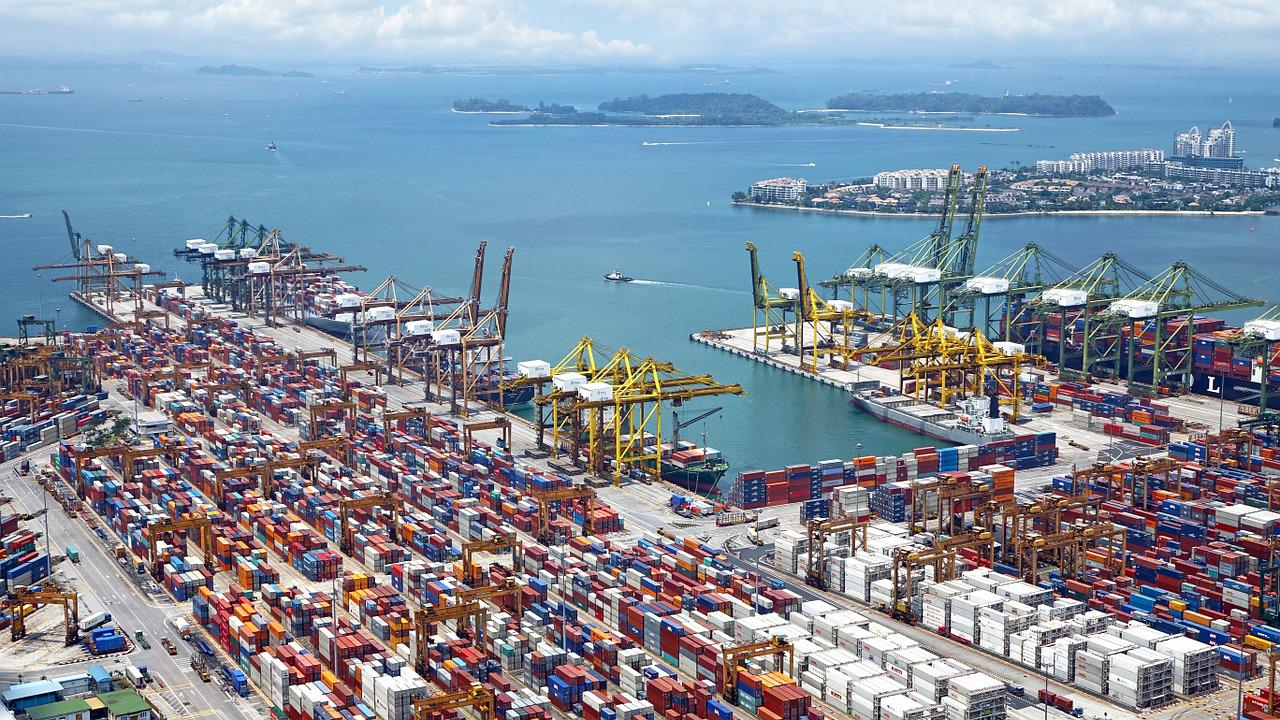
The past twelve months have seemed like a very long time in container shipping. Historically high shipping rates have prevailed, with only slight respite felt during the past two months.
The spike in rates during Q4 2020 was attributed to;
- Consumer demand spiking after earlier lockdowns
- Inventory re-stocking, with concerns about shortages caused by covid
- Supply chain and port disruption tying up vessel capacity
- Decrease warehouse space in Europe leading to containers being emptied and returned to Chinese ports more slowly
So, what does the outlook look like for Q3/Q4 this year and into 2023?
There are two schools of thought.
Last year both Fitch and PWC factored in some rate erosion during 2022, but with no significant change until 2023 – so far, so right.
But with inflation riding high, some insiders are predicting higher rates to continue. Ren Yuanlin, Chairman of one of the ‘Big 10’ ship builders in China went on record stating that strong demand, resulting from the removal of lockdowns across China will compensate for any dip in rates. A reasonable point given that this was part of the reason behind the initial spike in rates.
On the supply side, current lockdowns, principally in Shanghai have contributed towards significant port congestion again, reducing capacity and keeping upward pressure on rates.
Carriers however have invested heavily in new capacity; container ship orders in Q4/2020 outstripped Q1-Q3/2020 combined. Q1 2021 surpassed this again. These new vessels are due to come on stream 2023/2024, and while carriers will be keen to maximise revenue and maintain higher rates, the economic forces of increased supply will jeopardise this.
Historically, demand for shipping has behaved inelastically to container freight increases. But with companies less willing to absorb higher costs, stoking already high inflation further, we could see a reduced demand for goods ex China and further downward pressure on rates.
This week the Straits Times reported Mr James Frew, director of market intelligence firm Maritime Strategies International. He sees demand for container shipping services declining by around 5 per cent as early as Q3 this year. Coinciding with newly completed ships being delivered in the next two years. He expects container charter rates to start declining this year and hit pre-pandemic levels by 2024.
A bold prediction indeed. The next 12 months may seem longer.
Inflation globally is currently at its highest in years. Some sources believe that freight rates could stay elevated even after all Covid-19 restrictions are lifted in China and build up of disruptions to the global supply chain have eased.
Yanzijiang, a global shipbuilding firm commented on the current rates, their chairman said; “The current level of freight rates is sustainable as demand will compensate for any dip (in rates) resulting from the removal of restrictions and lockdowns.”
Their chairman (Ren Yuanlin) went on to say that maintaining high freight rates will drive demand for new container ships over the next two to four years. Many ship owners are swapping old vessels for the much more fuel-efficient ships that are able to command much better rates for the user.
These thoughts and discussions of rates and more container ships are a direct result of bottlenecks at major ports. Consumers across the globe are feeling the pinch as all extra costs are passed further down the chain and ultimately the end consumer is paying for them.
Not everyone agrees that the current rates are sustainable. Some individuals see freight rates dropping before the end of 2022 as pressure on the global supply chain continues to ease.
Taiwan based Yang Ming Marine Transport, told Bloomberg that they expect measures by the US government to speed up the flow of goods at ports. Including rules around moving empty containers as quickly as possible.
Mr James Frew, the director of market intelligence firm Maritime Strategies International, has commented that the current level of high container charter rates should not last for long.
He went further to say that patterns show demand for container shipping services declining by around 5% as early as 2022. Which will coincide with a range of new ships being delivered over the next two years which will also bring freight rates down.
The overall result indicates that container rates will start declining soon and hit pre-pandemic levels by roughly 2024.
The fluctuation in rates since the covid pandemic has been a moving target for so long. Since restrictions are easing its only becoming clear now that we will fully resolve the supply chain problems that Covid brought in the first place and eventually be back to life before Covid, from a freight and logistics point of view.